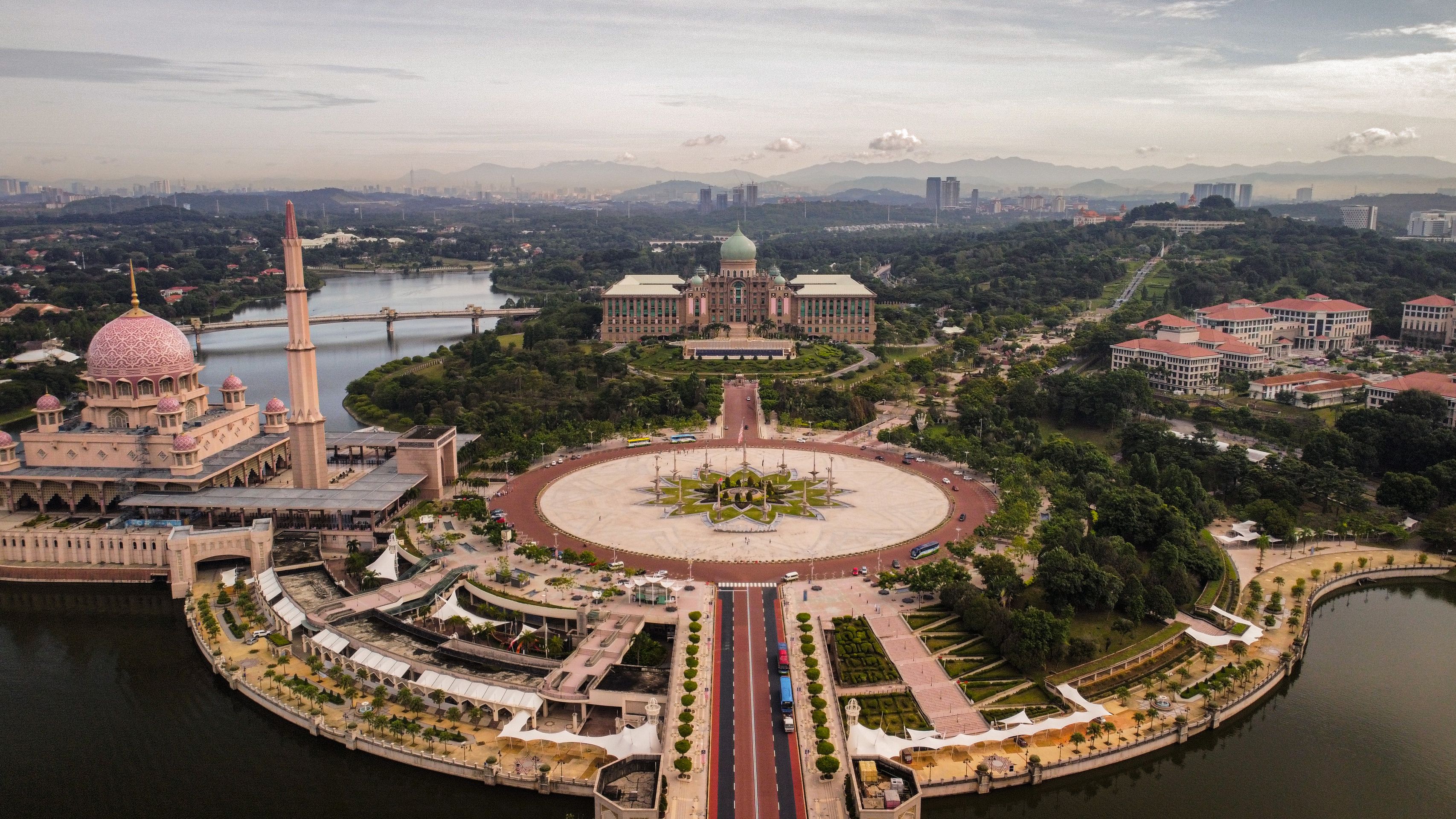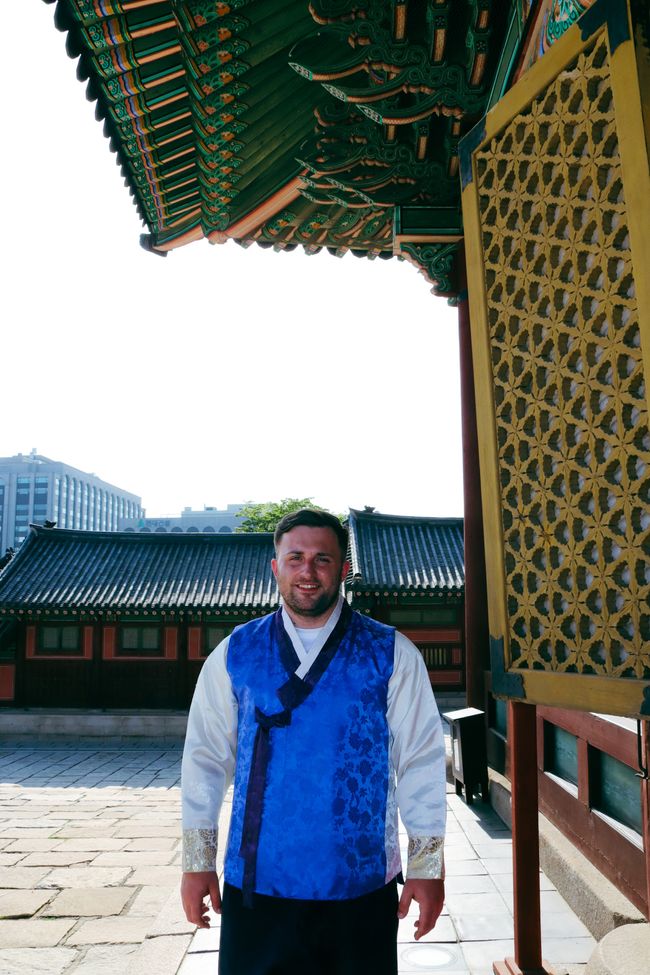Riga - Hanseatic city and pawn of the powers - Baltic Travel 2022
Lofalitsidwa: 08.05.2023
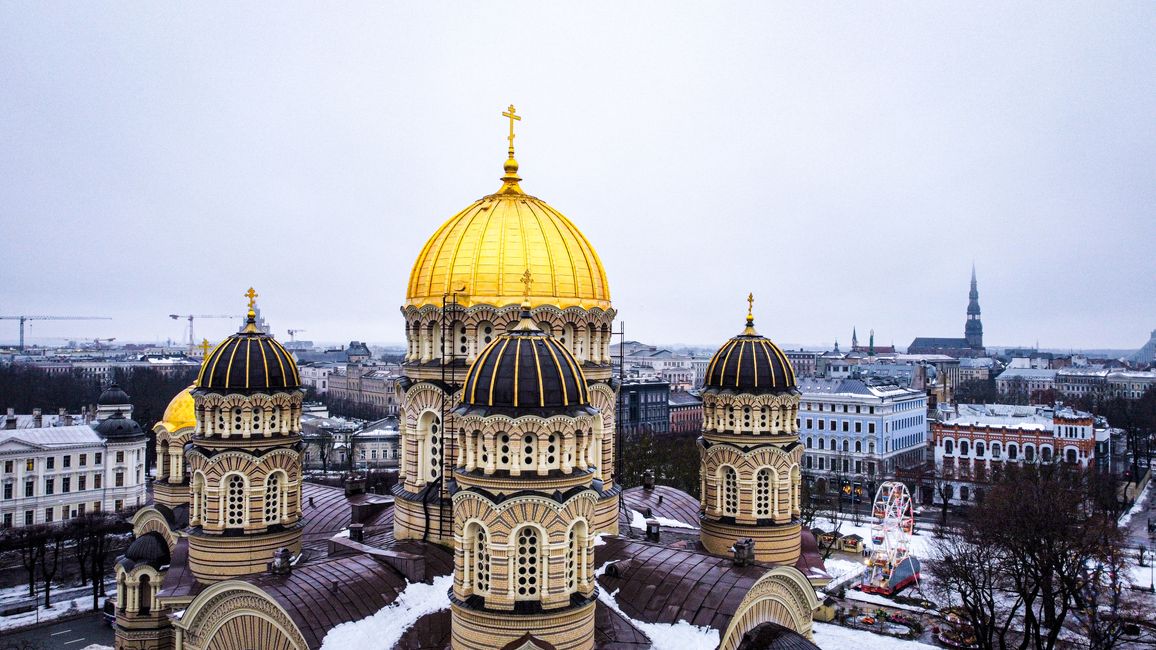
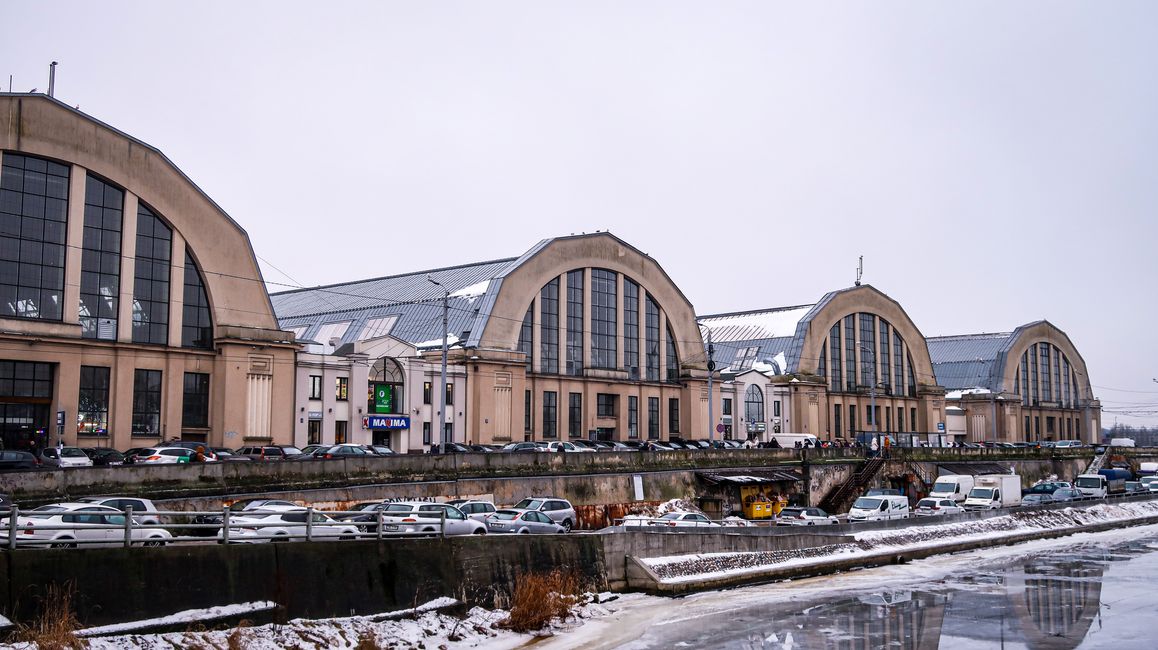
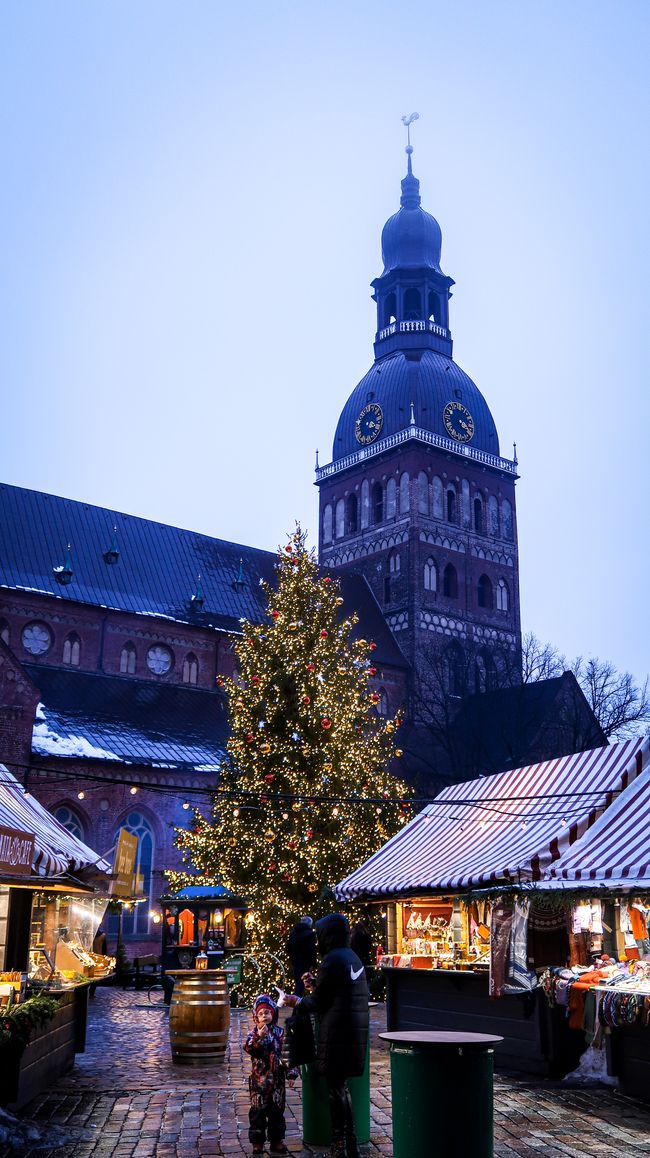
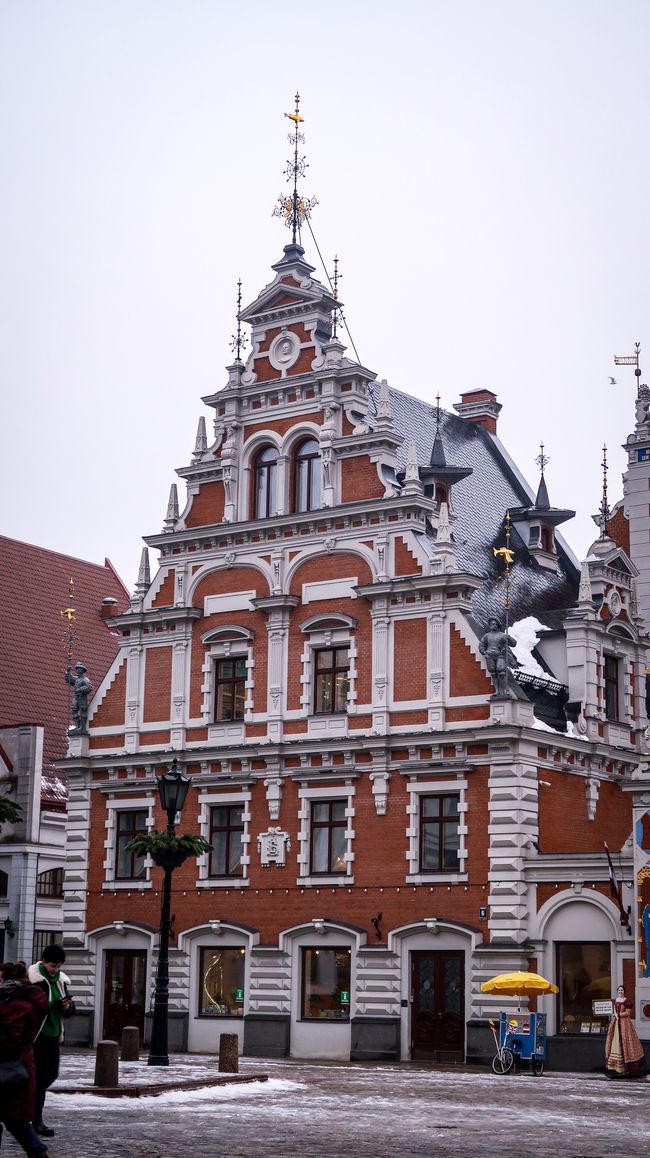
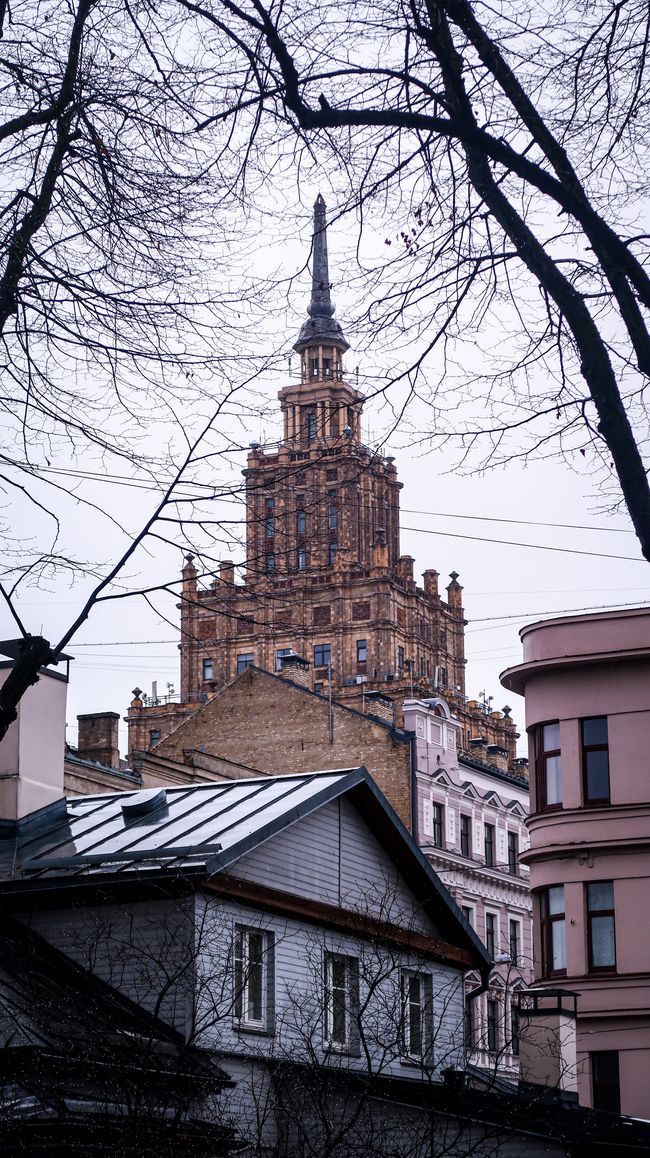
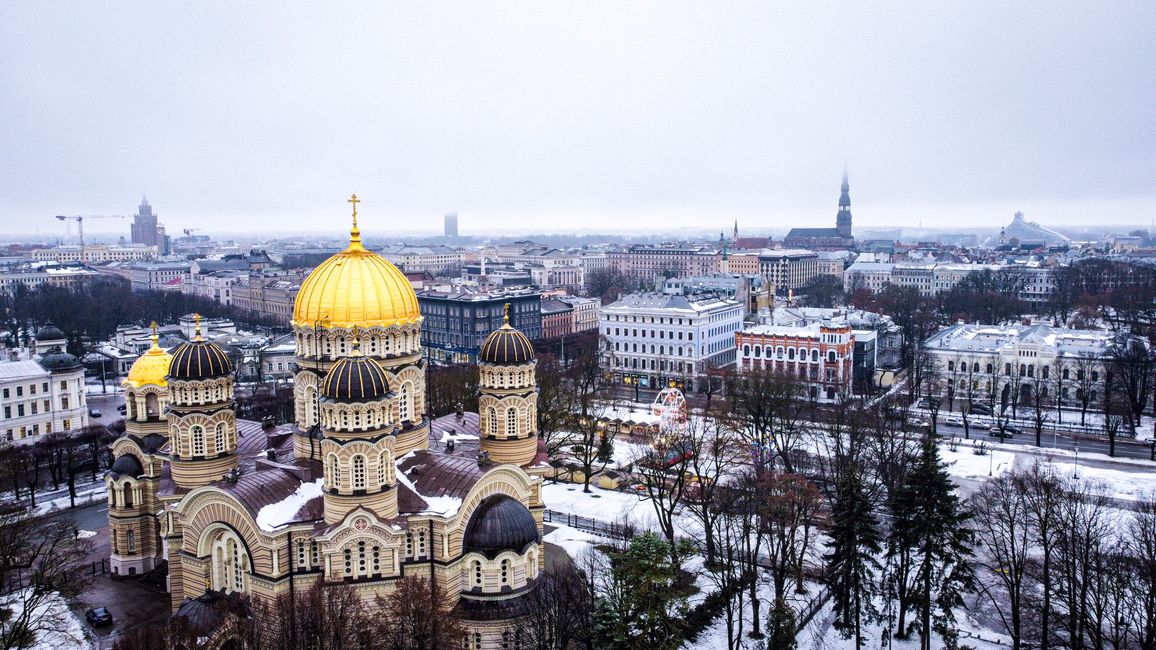
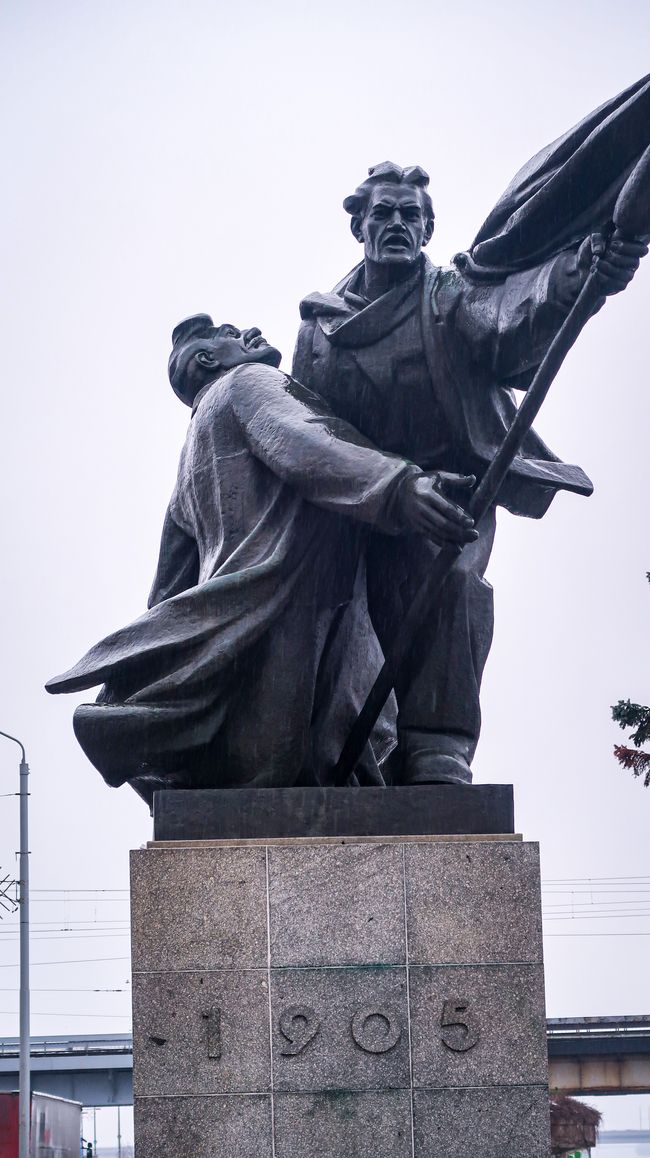
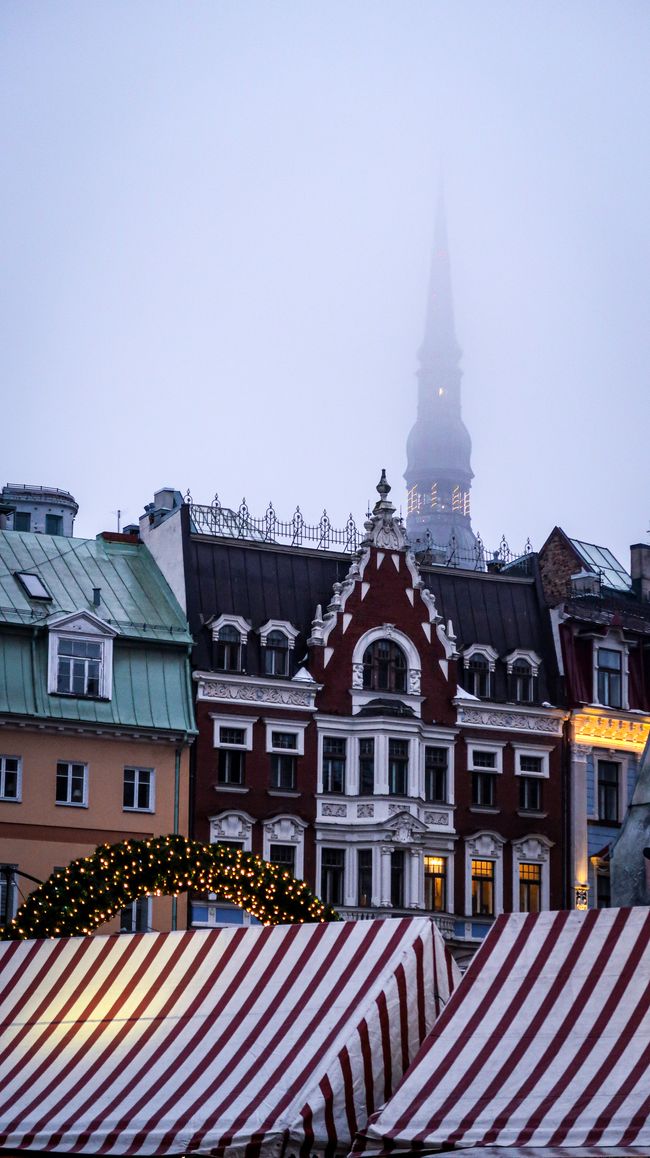
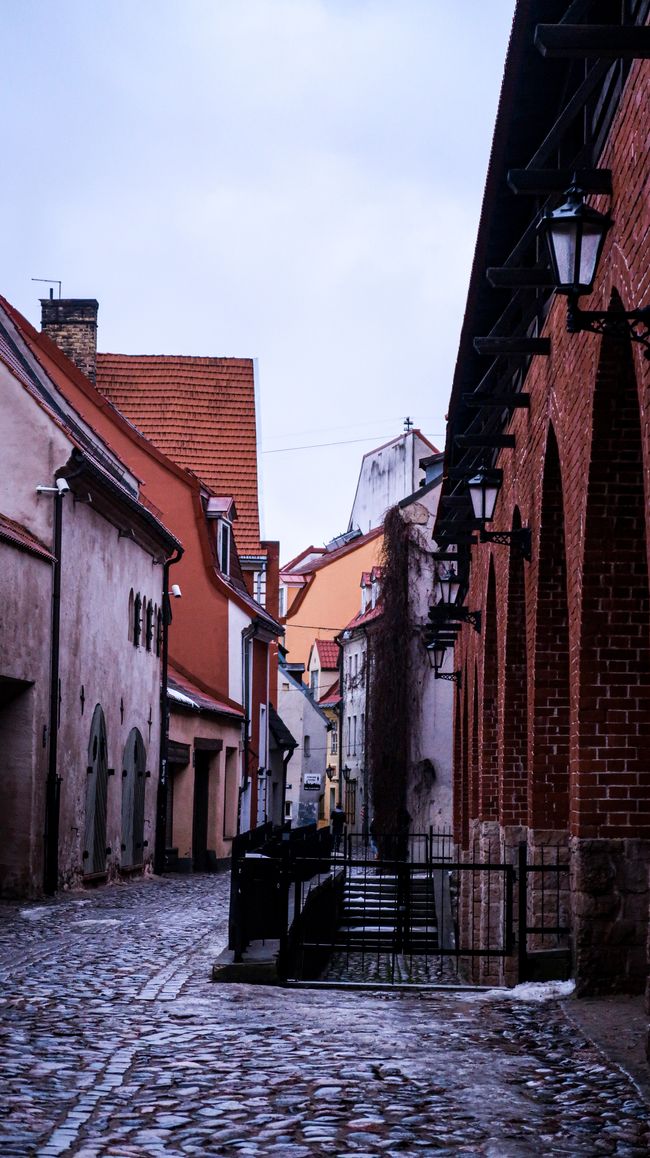
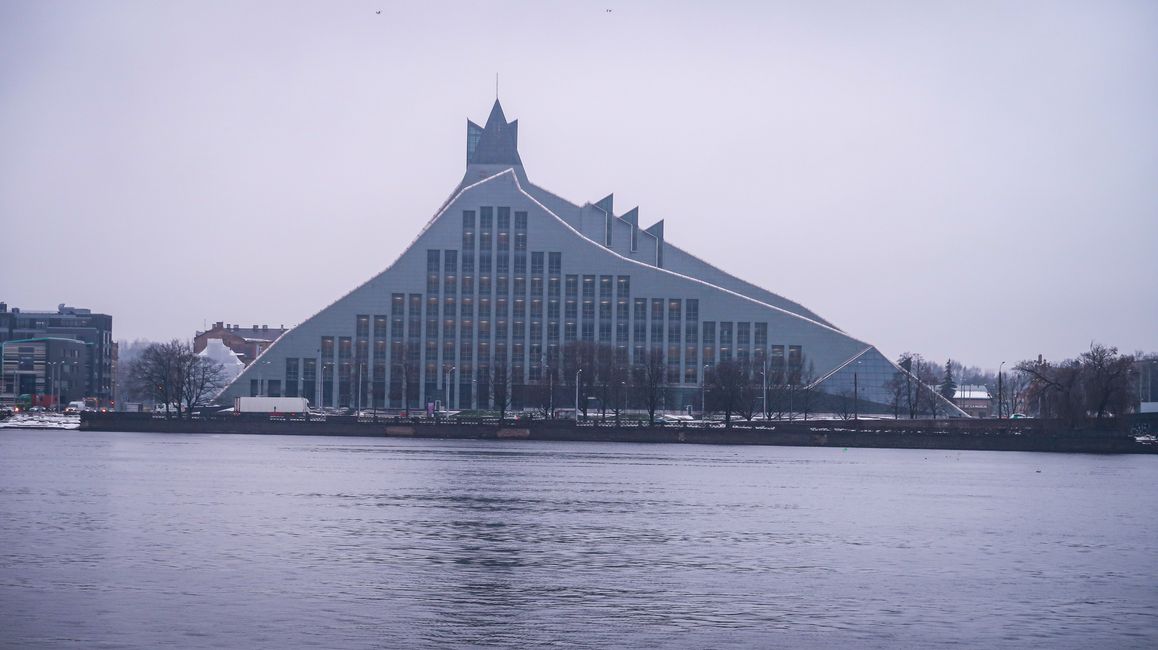
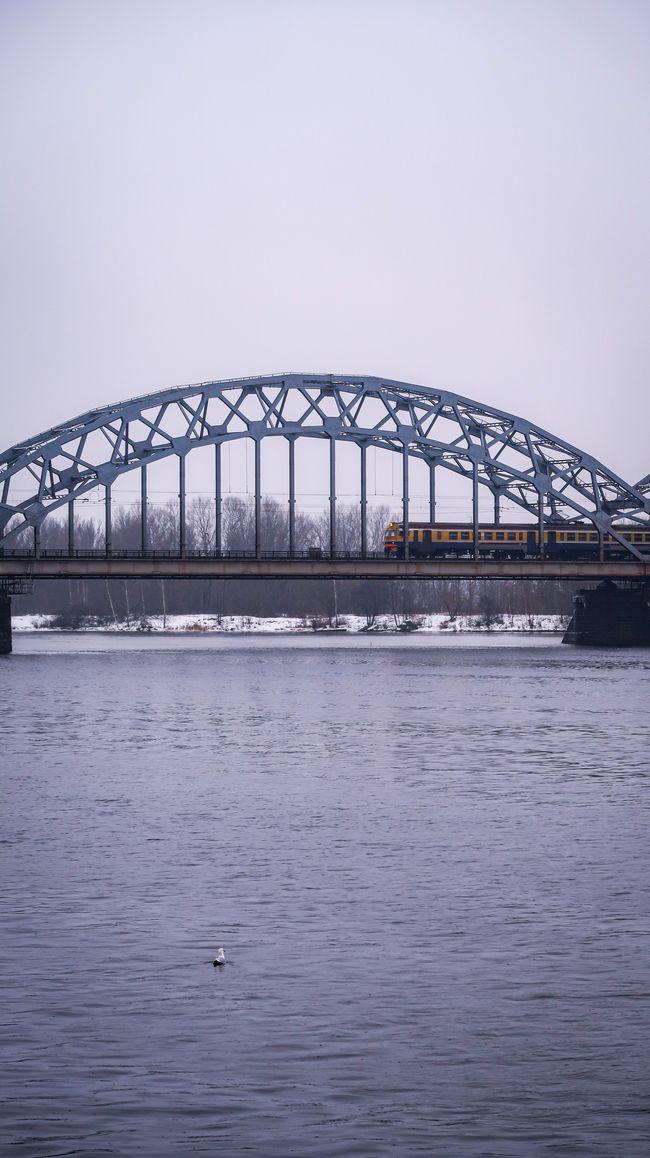
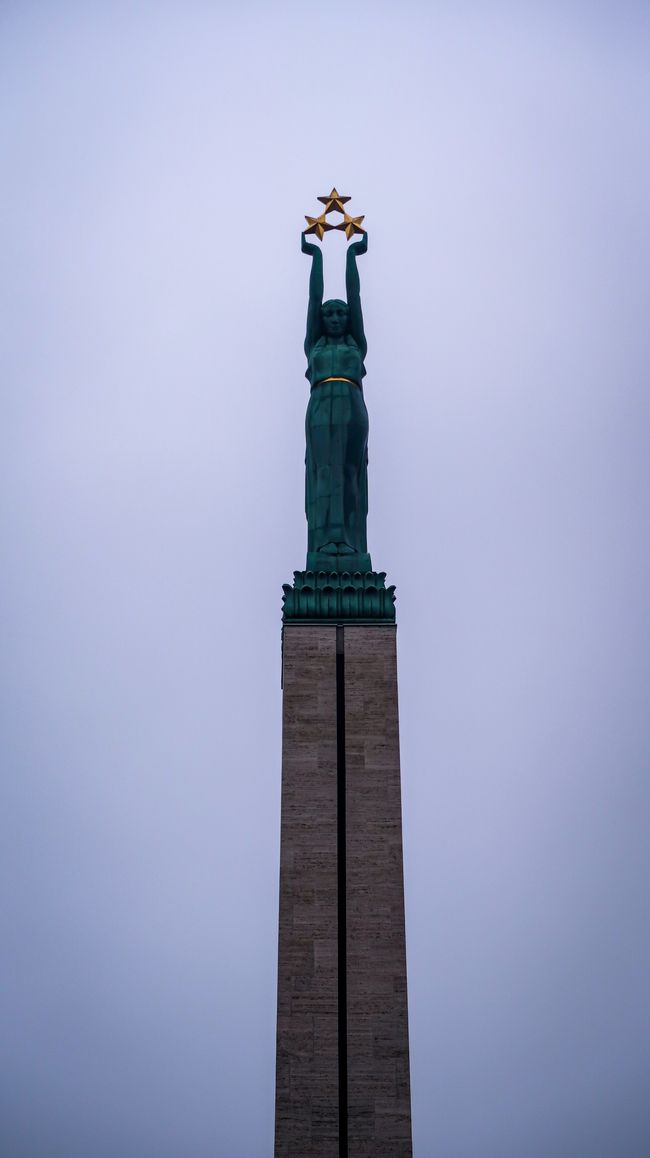
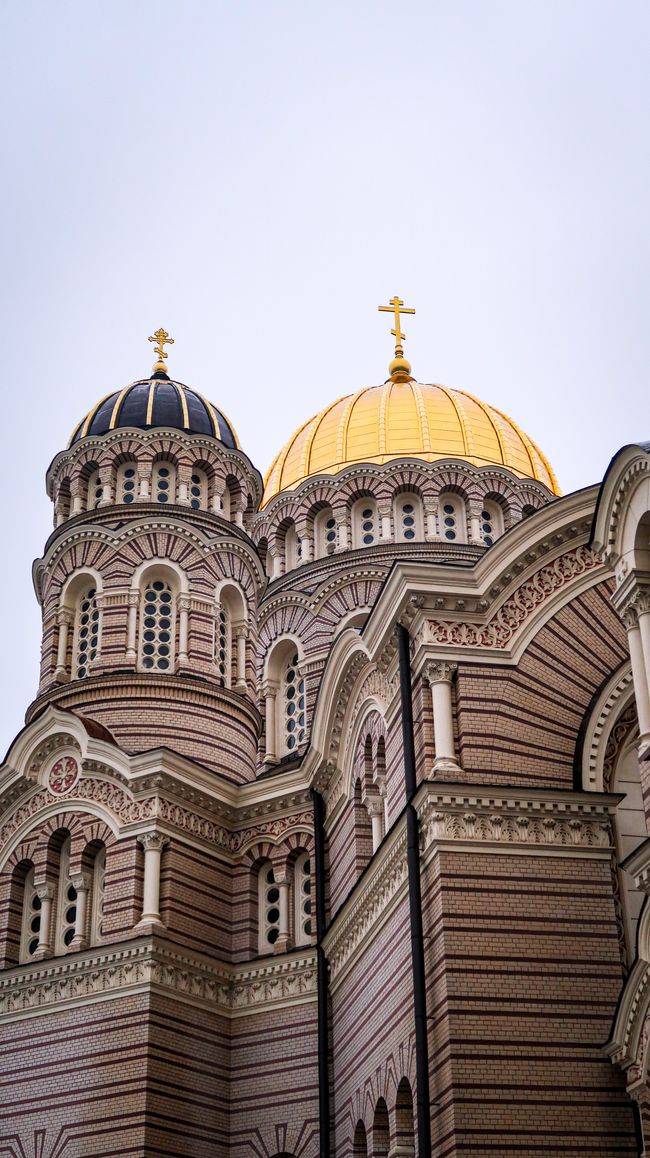
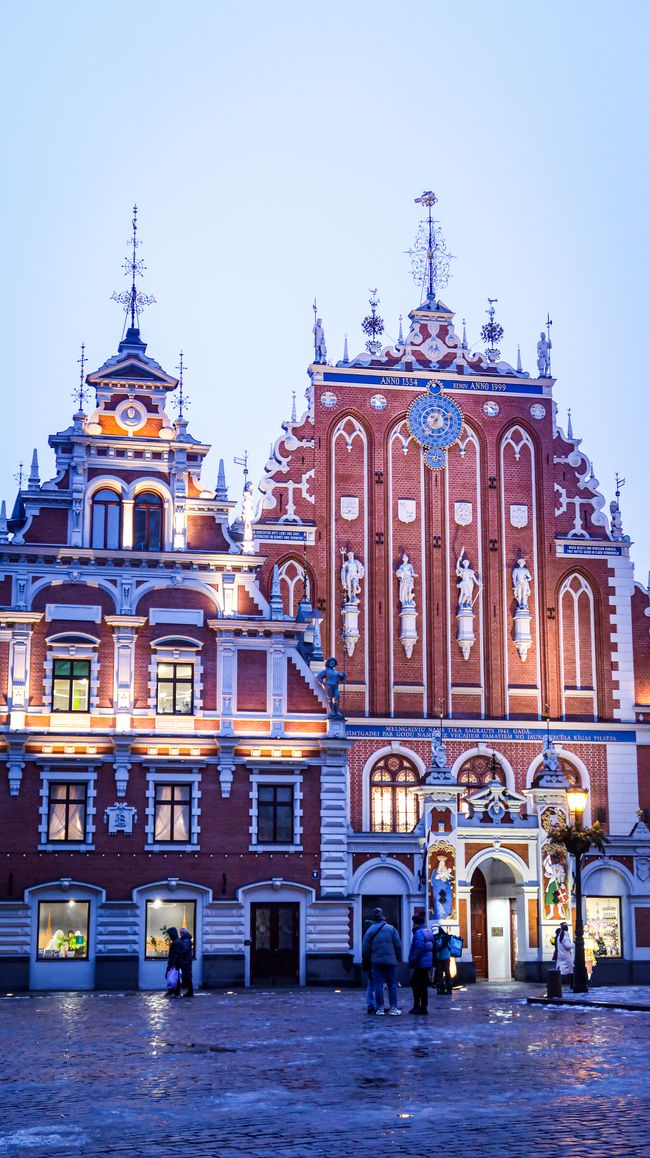
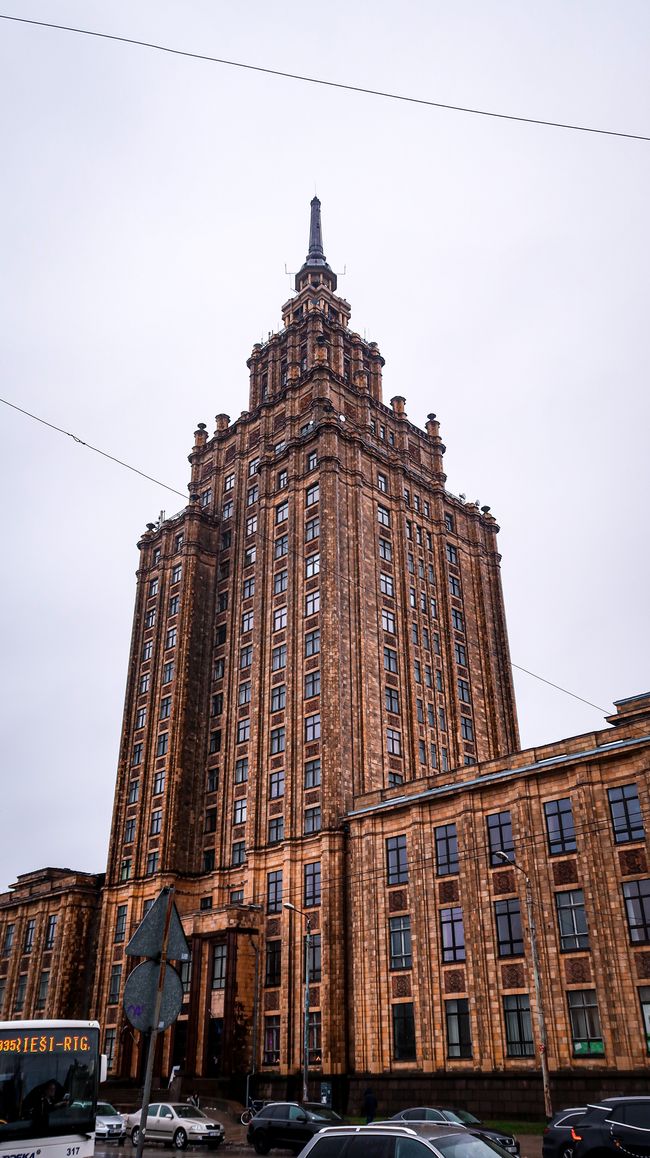
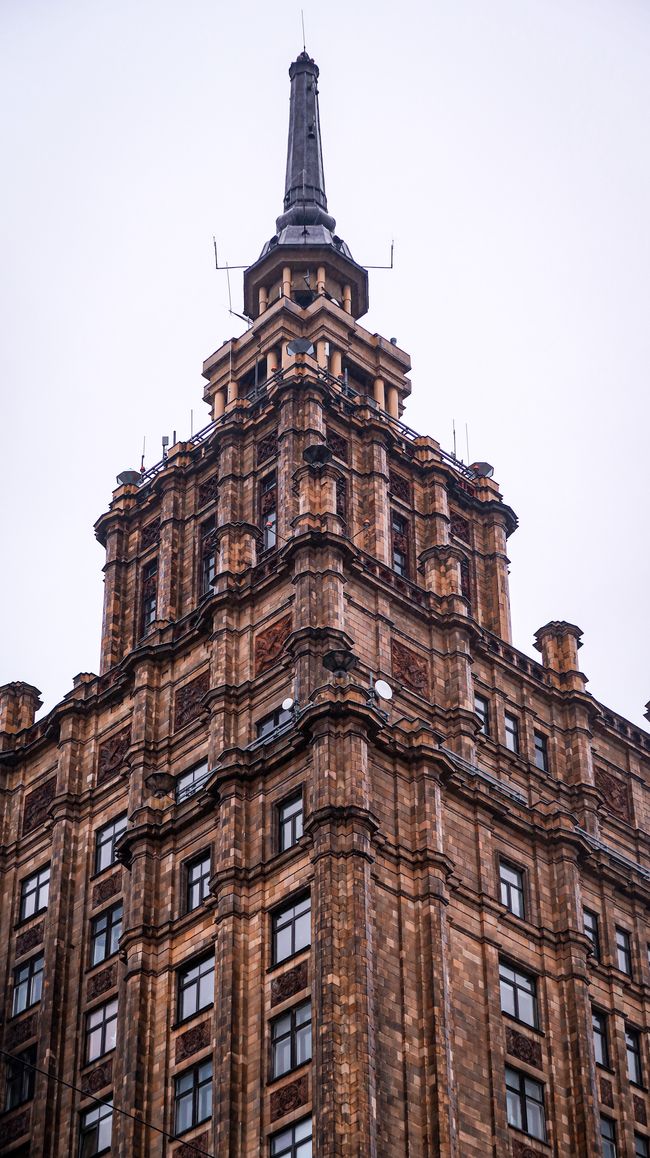
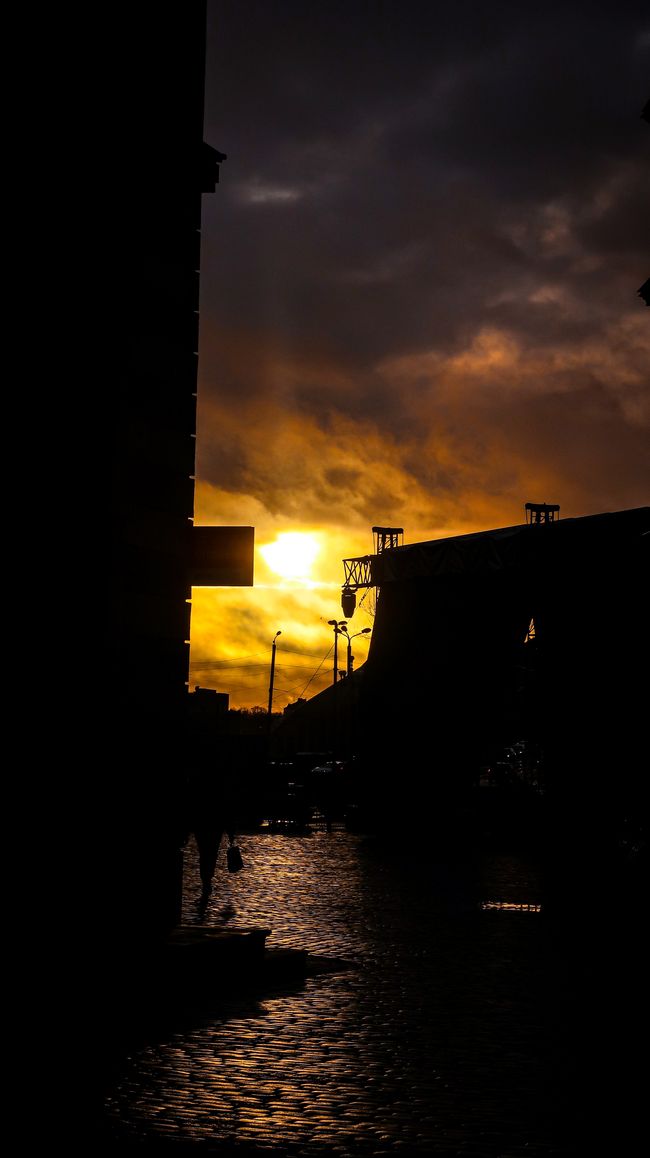
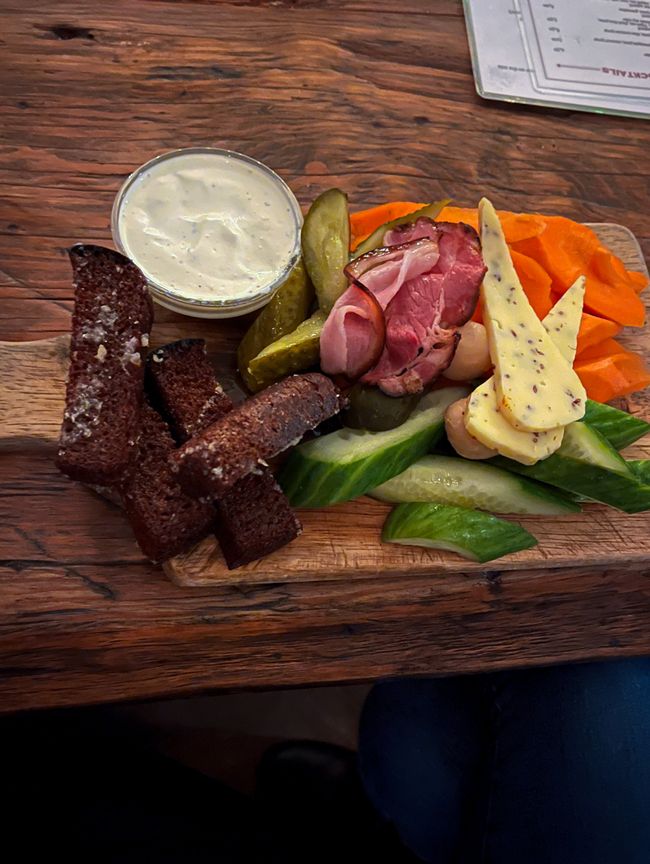
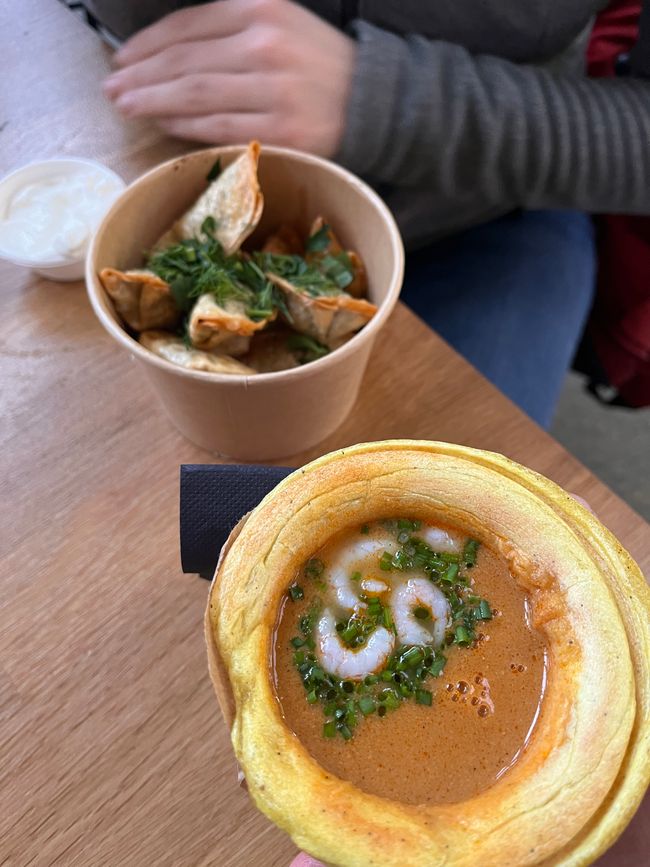
After a 3-hour bus ride, we arrived at Riga Station in light rain. We immediately made our way to our accommodation in the Old Town. Surprise in the house: we booked a bunk bed, and it was tall! Turns out, we threw the mattress down and slept on the floor 😂In the evening, we just wanted to grab a bite to eat, but we ended up in a basement vault, watching people dance to folk music while enjoying delicious beer and a platter of fried black bread. Everything was perfect!

The next morning, we first went to the Old Town to explore the city on our own. We visited the old market halls on the outskirts of the Old Town, which were formerly Nazi hangars that were converted for this purpose. The 4 halls have everything: fish, meat, clothing, and other food. But the fish hall was enough for me.
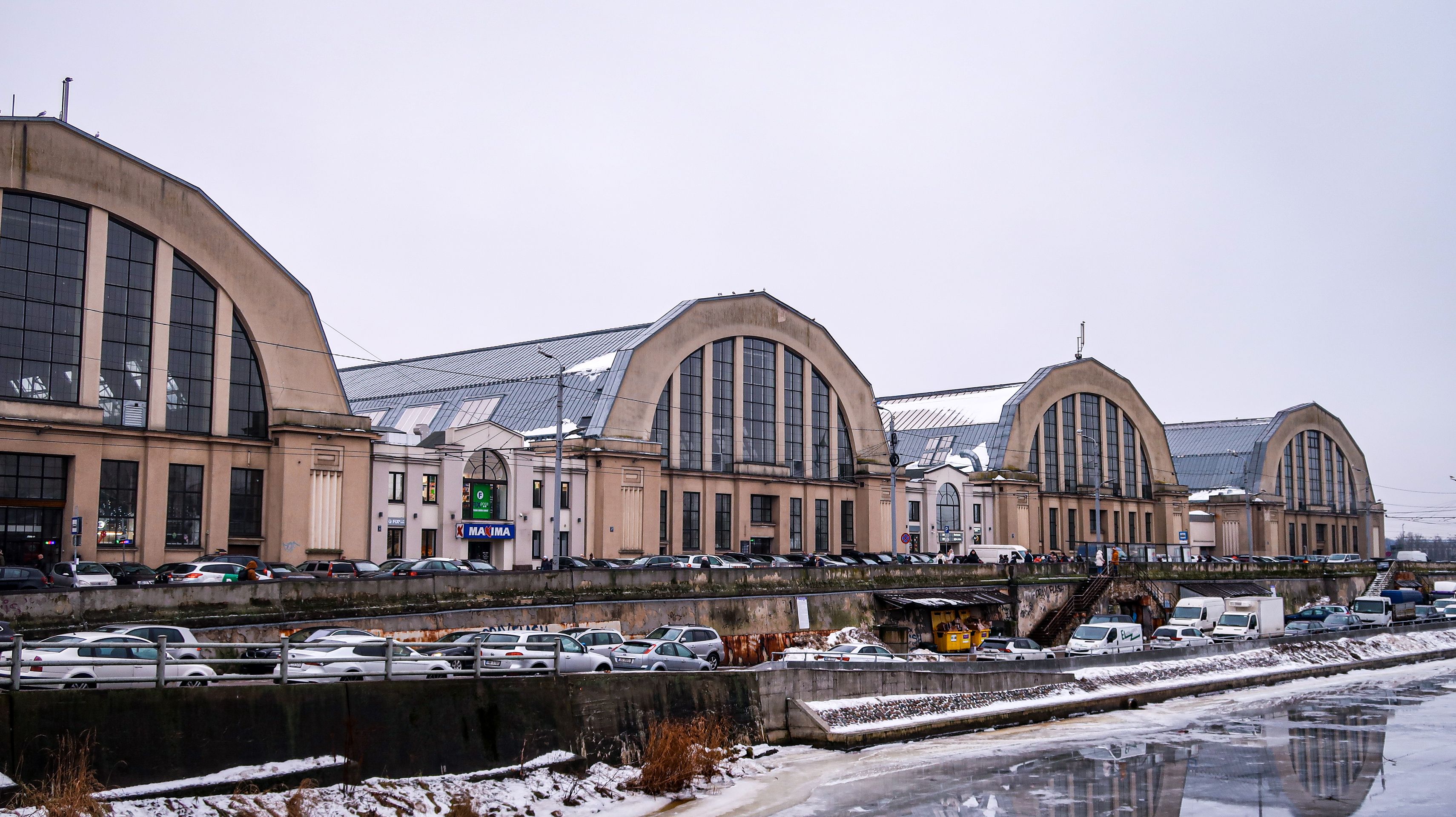
From there, we walked along the outer canal of the city towards the beautiful cathedral, where I wanted to fly my drone for the first time. And I love my girlfriend, but sometimes she is too cautious. A man stood next to us and apparently watched me for several minutes while talking on the phone. For the woman, the situation was clear: the FBI is about to come and arrest me.
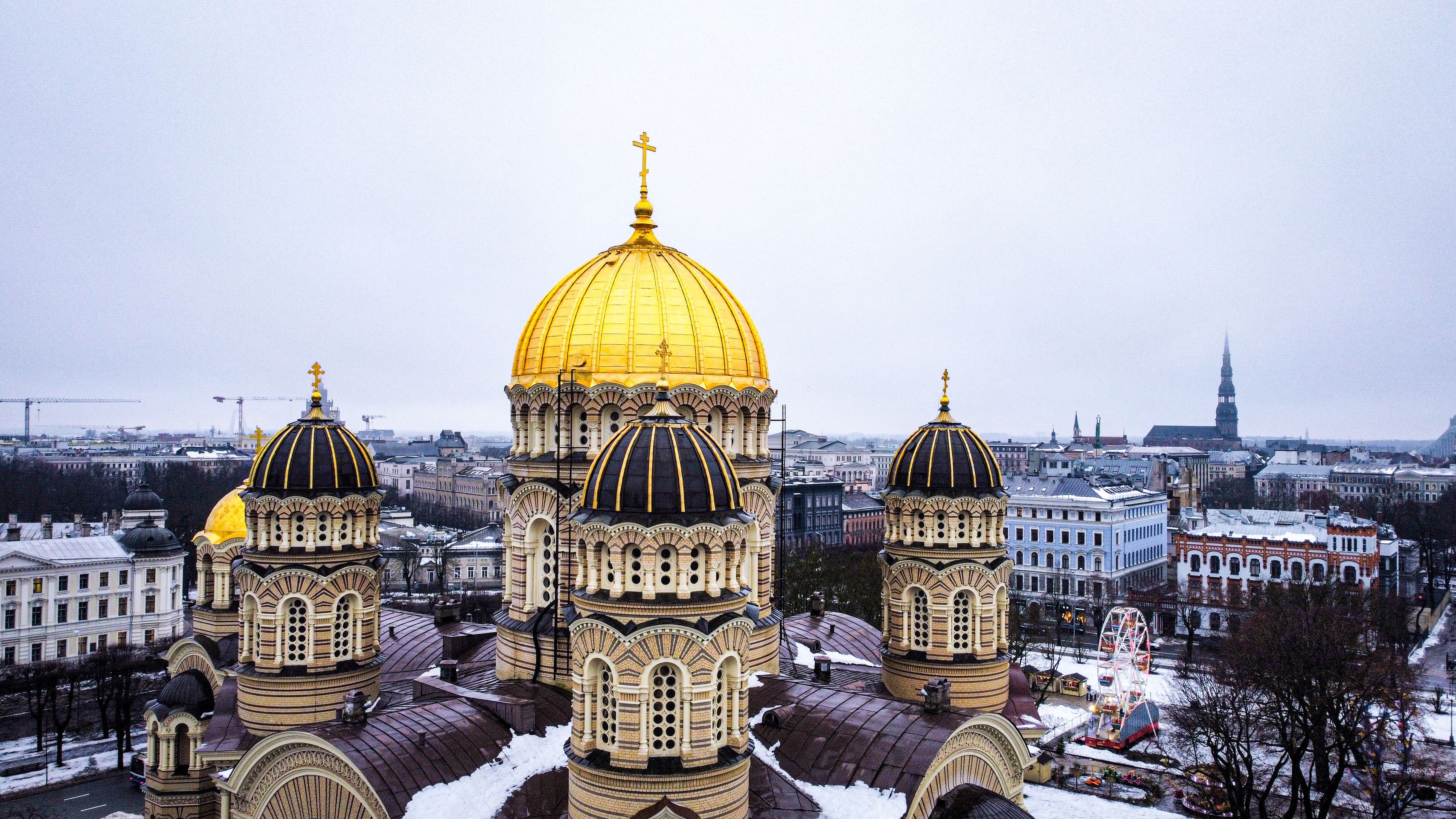
But the story also includes the fact that I flew near the Ministry of Defense, which is prohibited. But it went well 🥶
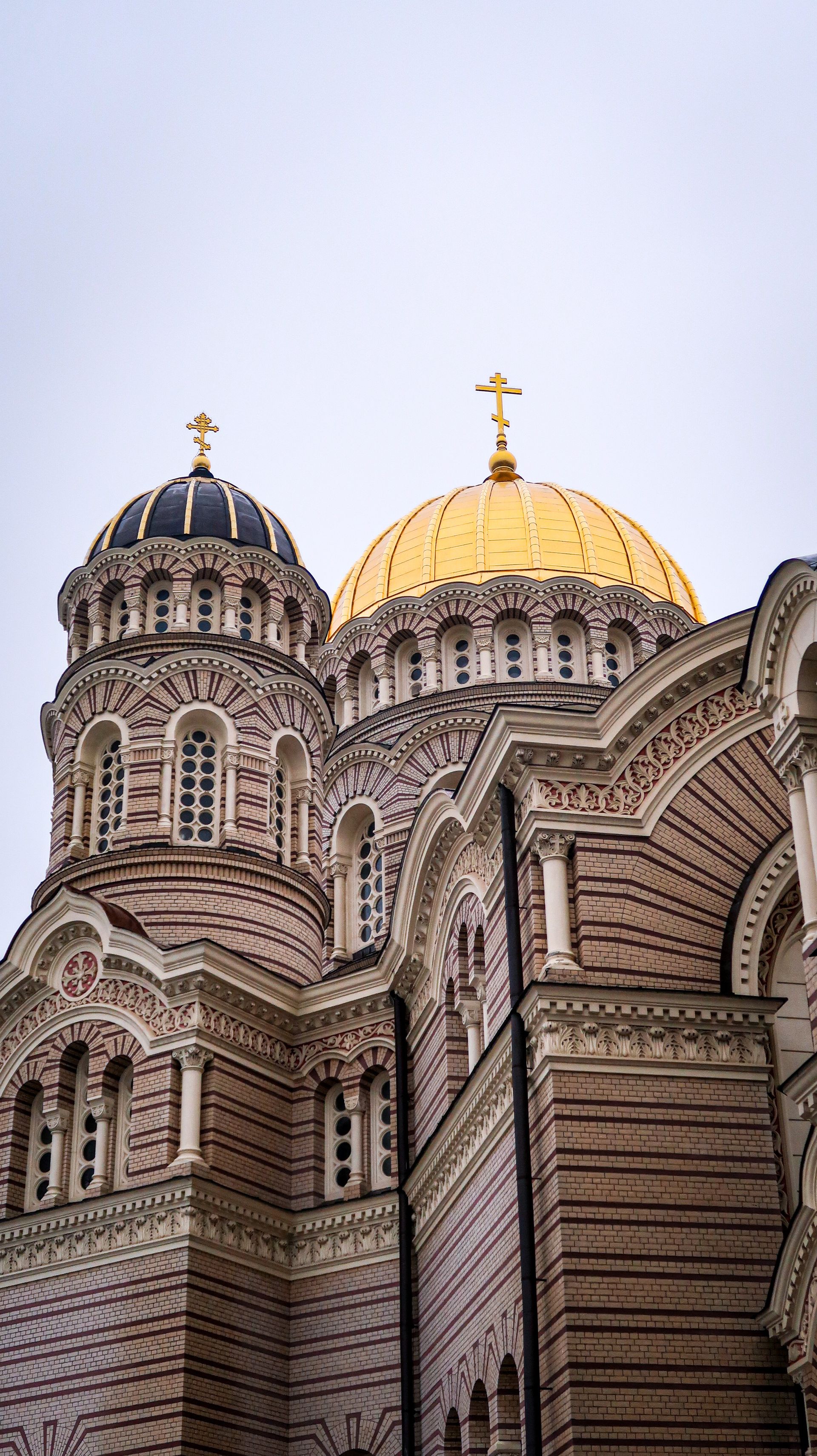
In the evening, we went to a simple canteen to eat something and then went to bed, as the weather was really nasty and we hoped for improvement the next morning.
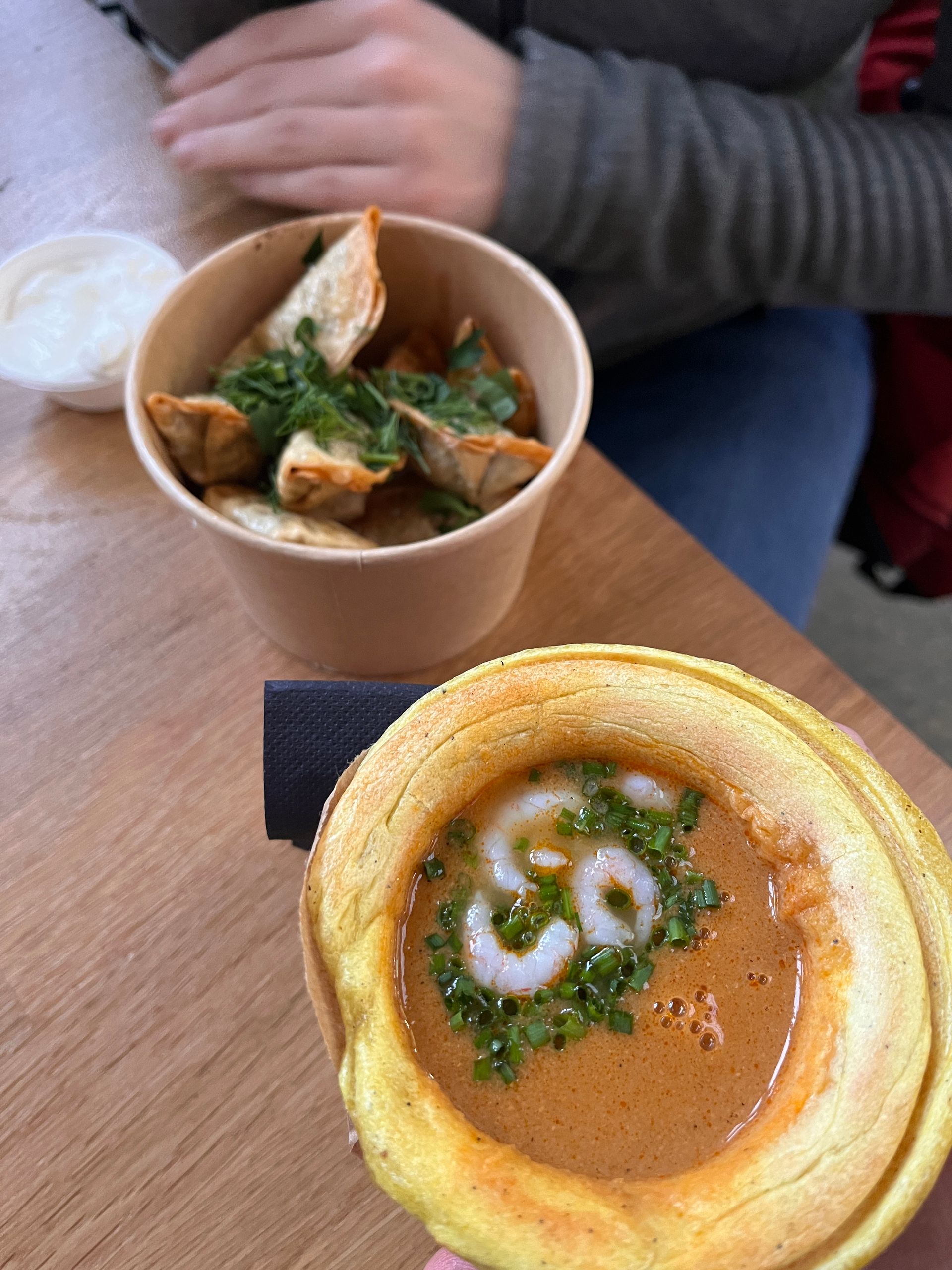
The next day, unfortunately, it was not better, but we wanted to make the most of the day. Therefore, we booked 2 free walking tours for the day. One in the morning in the Old Town and one in the afternoon through the suburbs, the outskirts of the city. Our guide on both tours was Kaszper, who explained everything wonderfully with a good dose of humor.
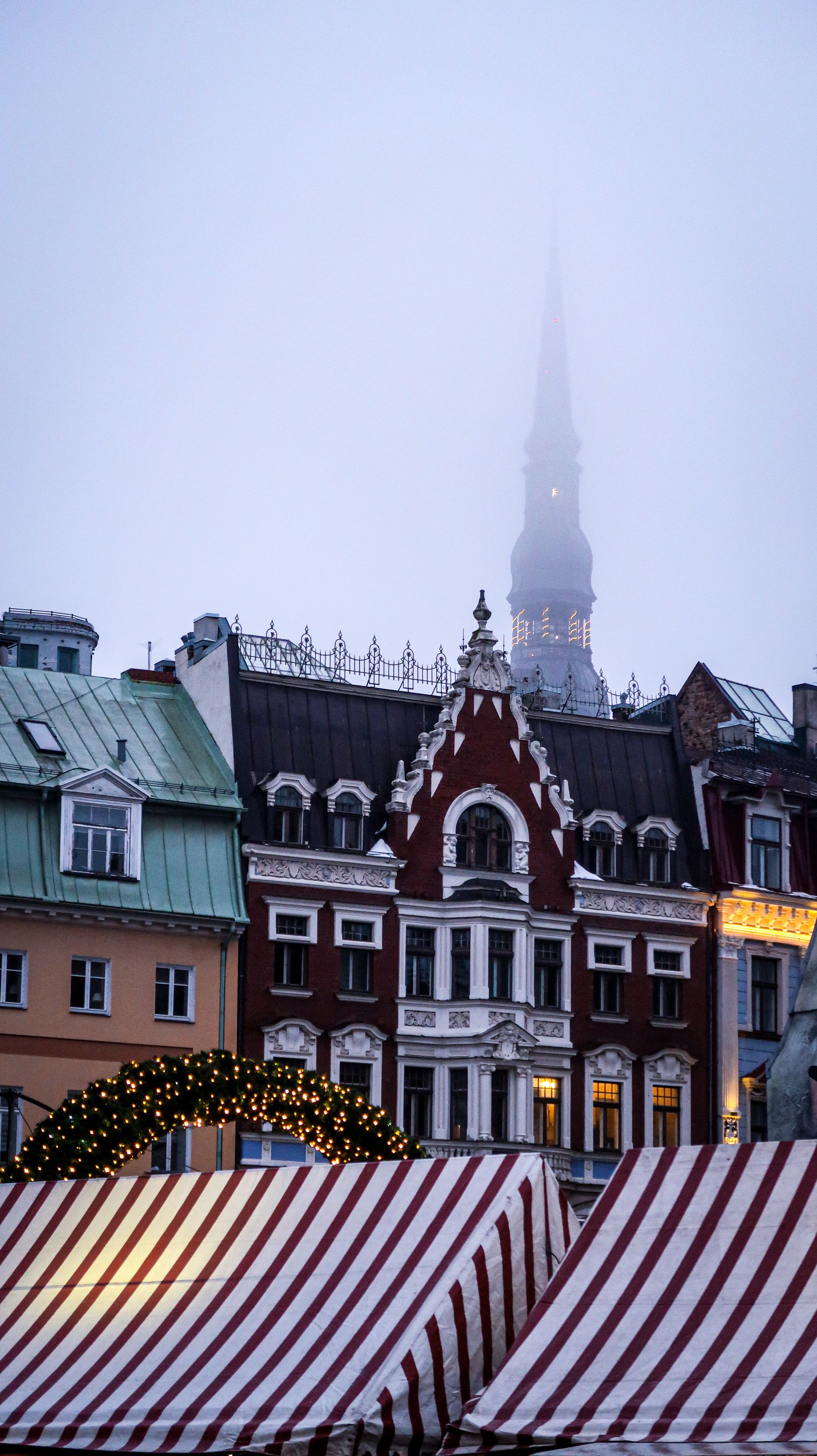
He showed us that most of the buildings marked as historical were simple replicas, as they were destroyed during World War II. Riga has been destroyed in the past by EVERYONE who passed by. Napoleon, Hitler, Tsars, and the Soviets were just some of the occupiers.
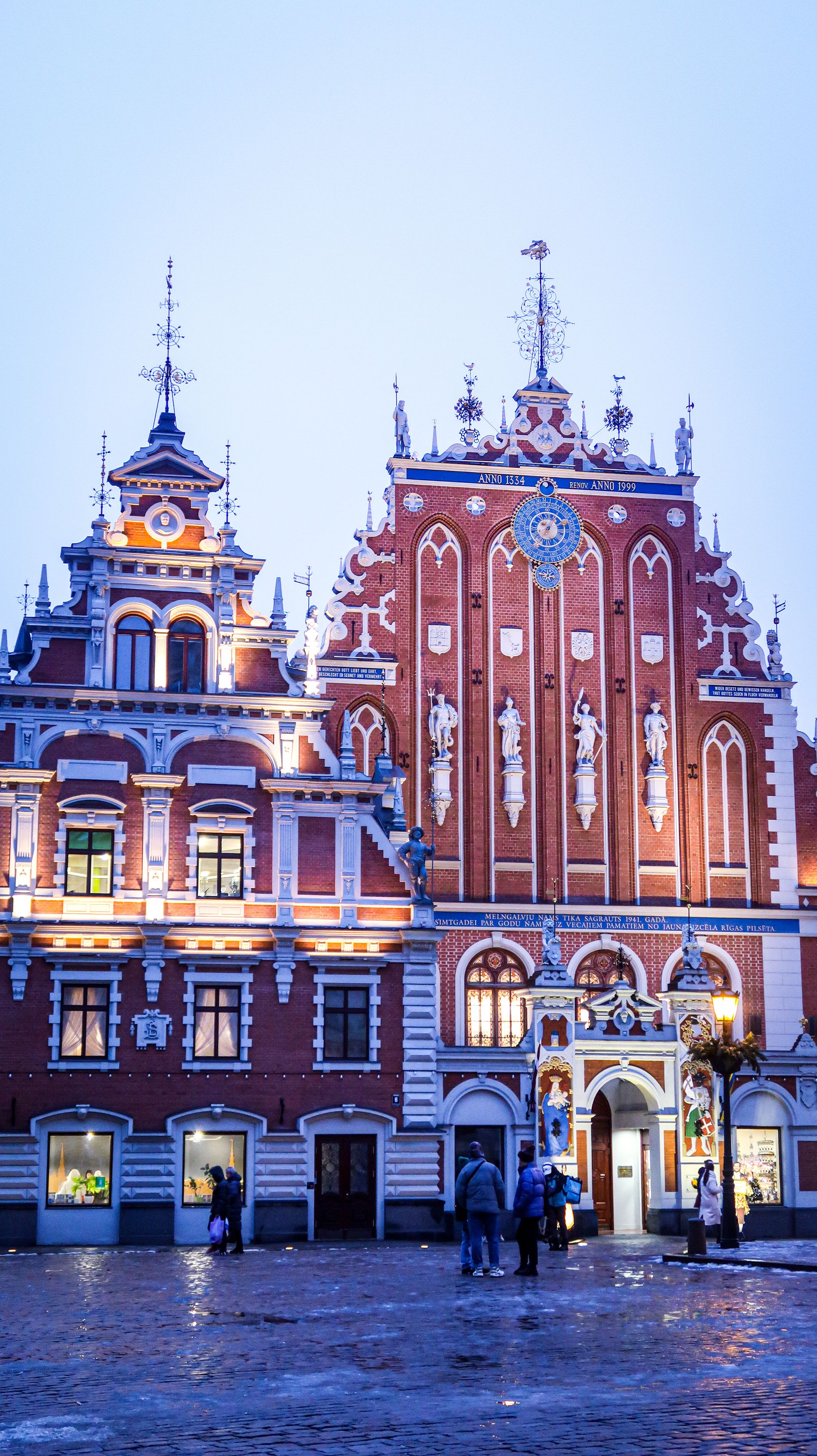
Riga's ghettos became the home of millions of Jews during World War II, most of whom were murdered by the SS in concentration camps or the surrounding forests.
These facts quickly diminish the city's initial charm, as not everything is as historical as it seems.
In the afternoon, our path led us to the legendary suburbs, which were very historic and under the radar. Once frowned upon as a lawless zone, it is being increasingly gentrified. The districts were built in the late 18th century, but entirely out of wood. This way, if an invader attacked the city, everything could be quickly set on fire, providing a free combat zone and avoiding house-to-house fighting.
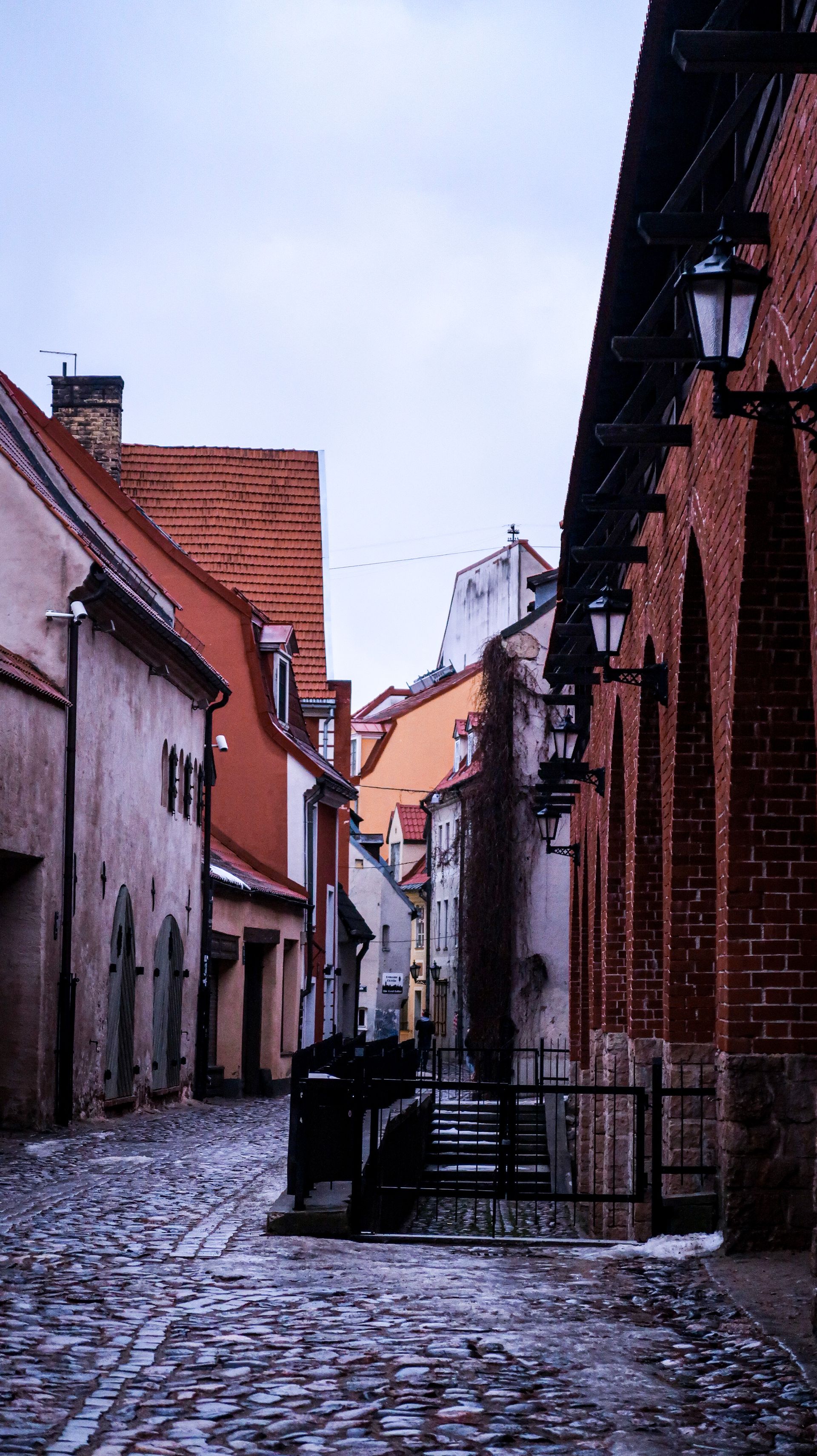
Random fact: The hammer and sickle, the symbol of the Soviets, are also banned in Lithuania, like the swastika of Nazi regime. These symbols are depicted on the building of science, similar to those in Warsaw and Moscow, a gift from Stalin, in the only place in the city.
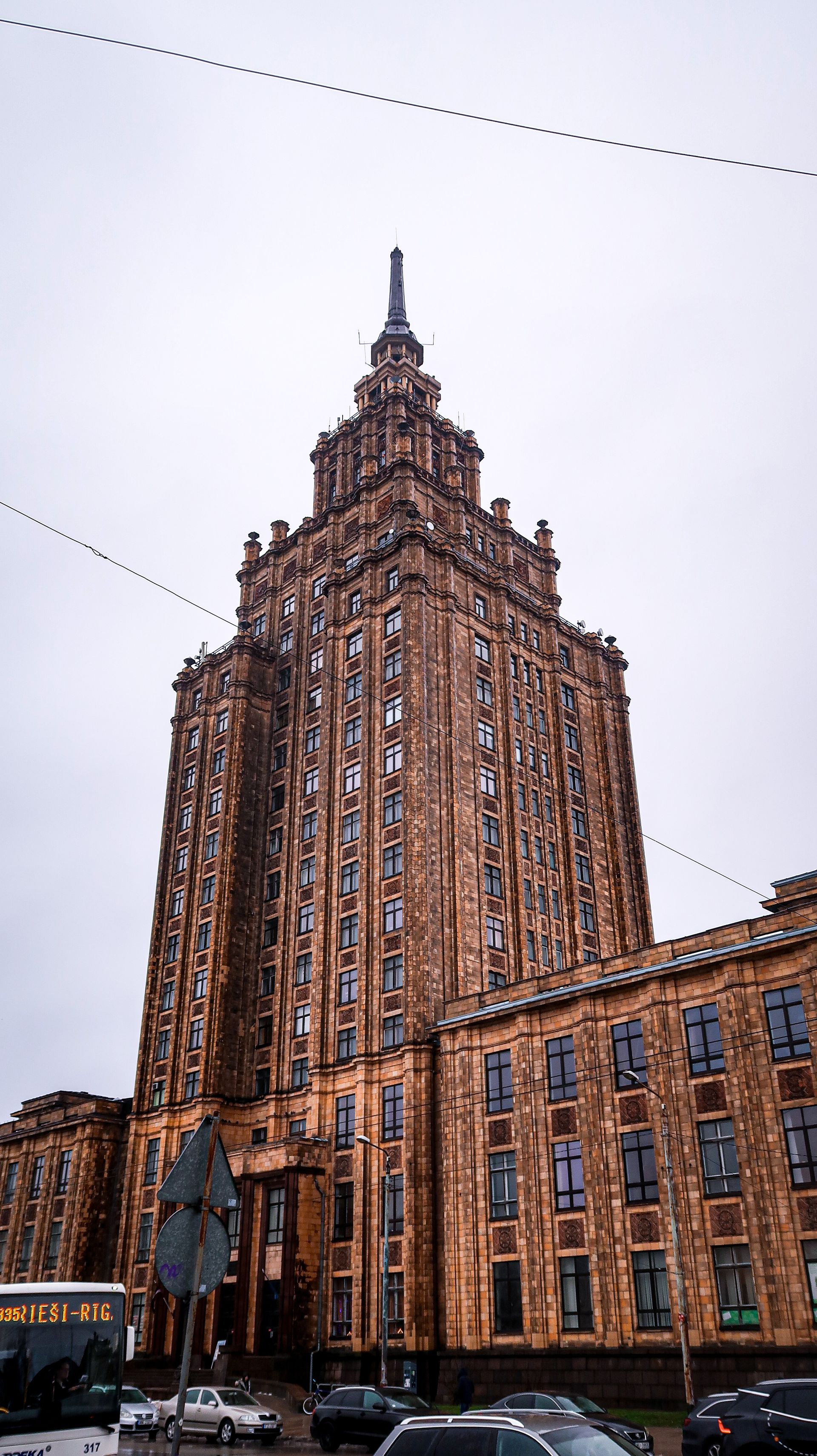
We liked this tour much better, and our guide recommended that we eat in his neighborhood. So, after a 1-hour walk, we arrived at the Food Hall. Mega cool concept, there were several stands with delicacies from different countries. We started with a pizza, then had Ukrainian borscht from refugees, and finally, a Georgian style Pide. We ended the evening with a Riga Coffee. It was strong!
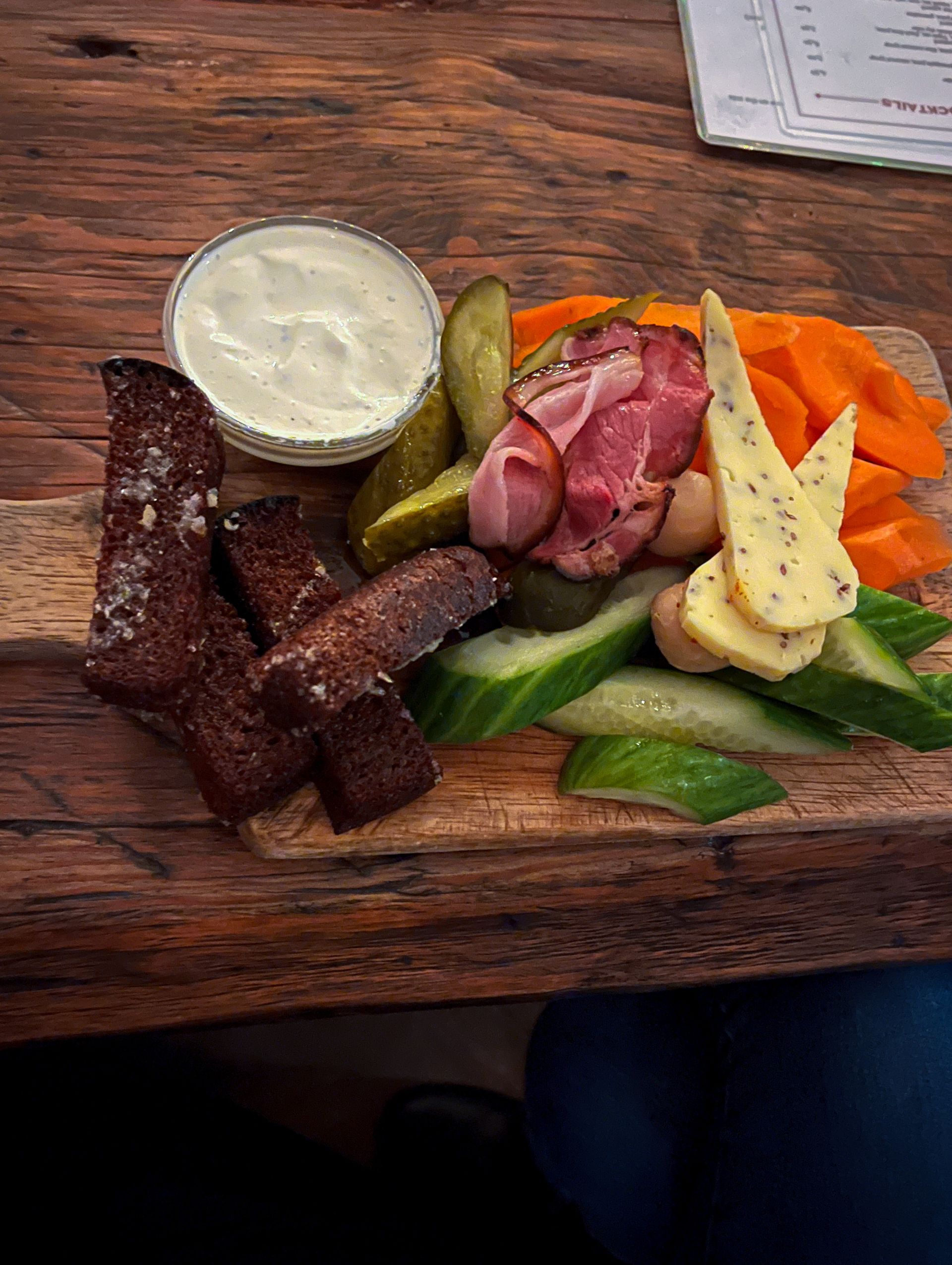
The next morning, our 3-hour bus ride took us to the last stop in the Baltic States: Vilnius, the capital of Lithuania!
Yankhani
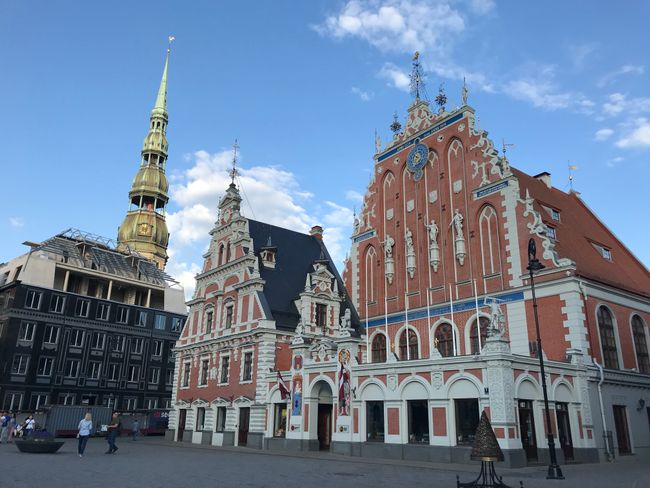
Malipoti amaulendo Latvia
